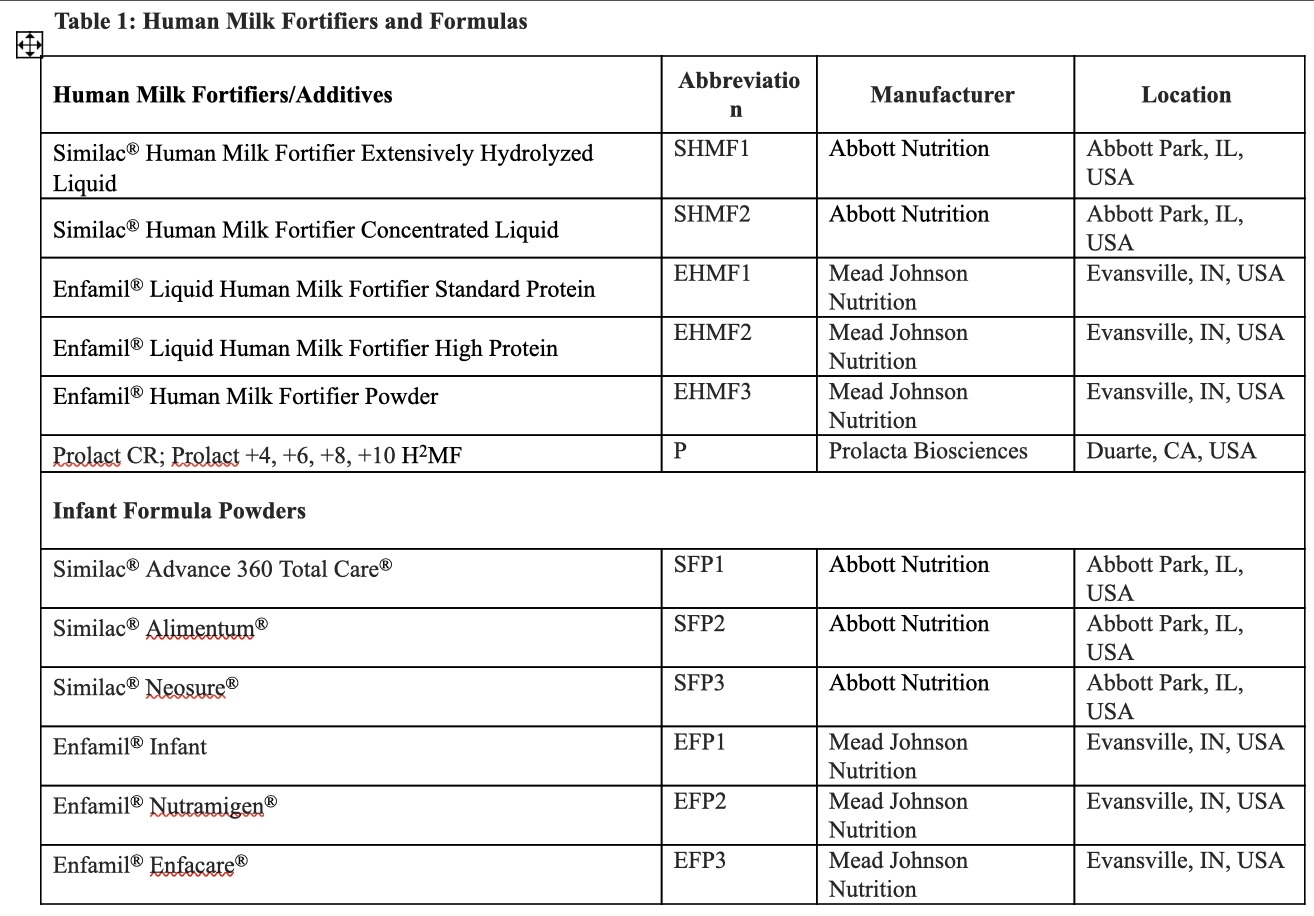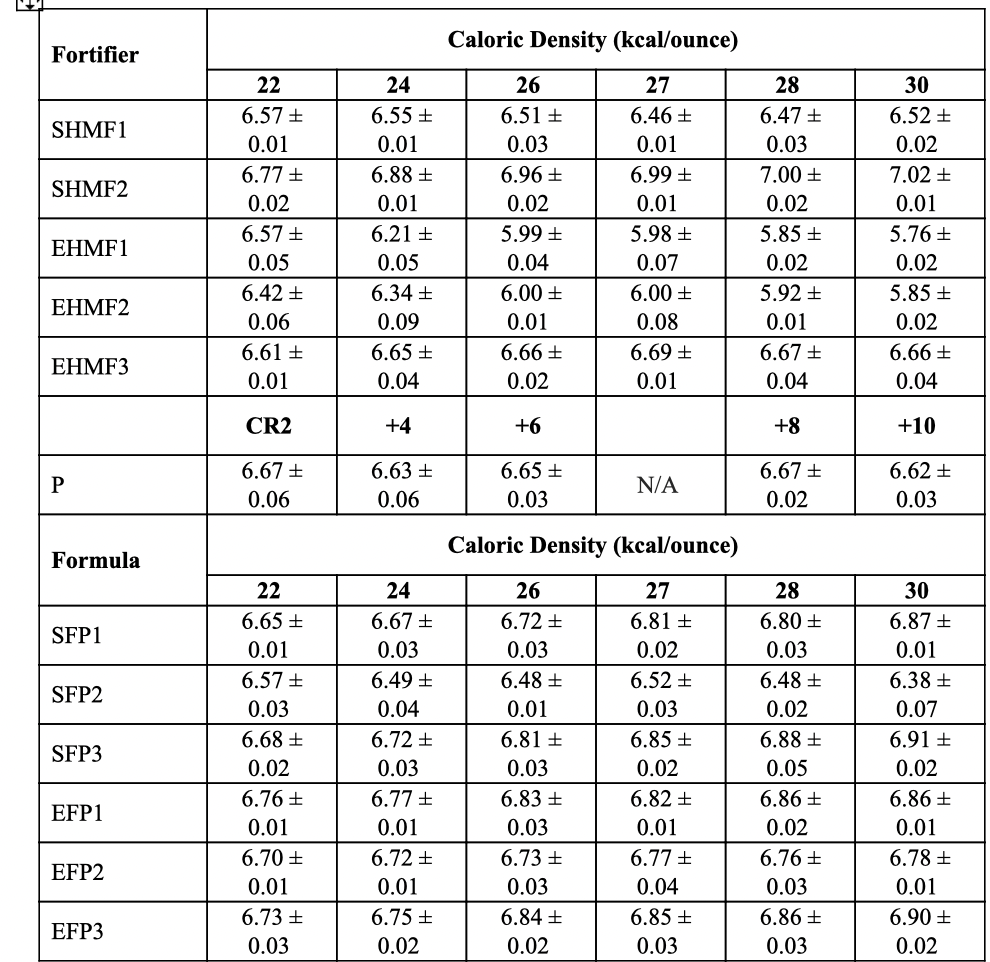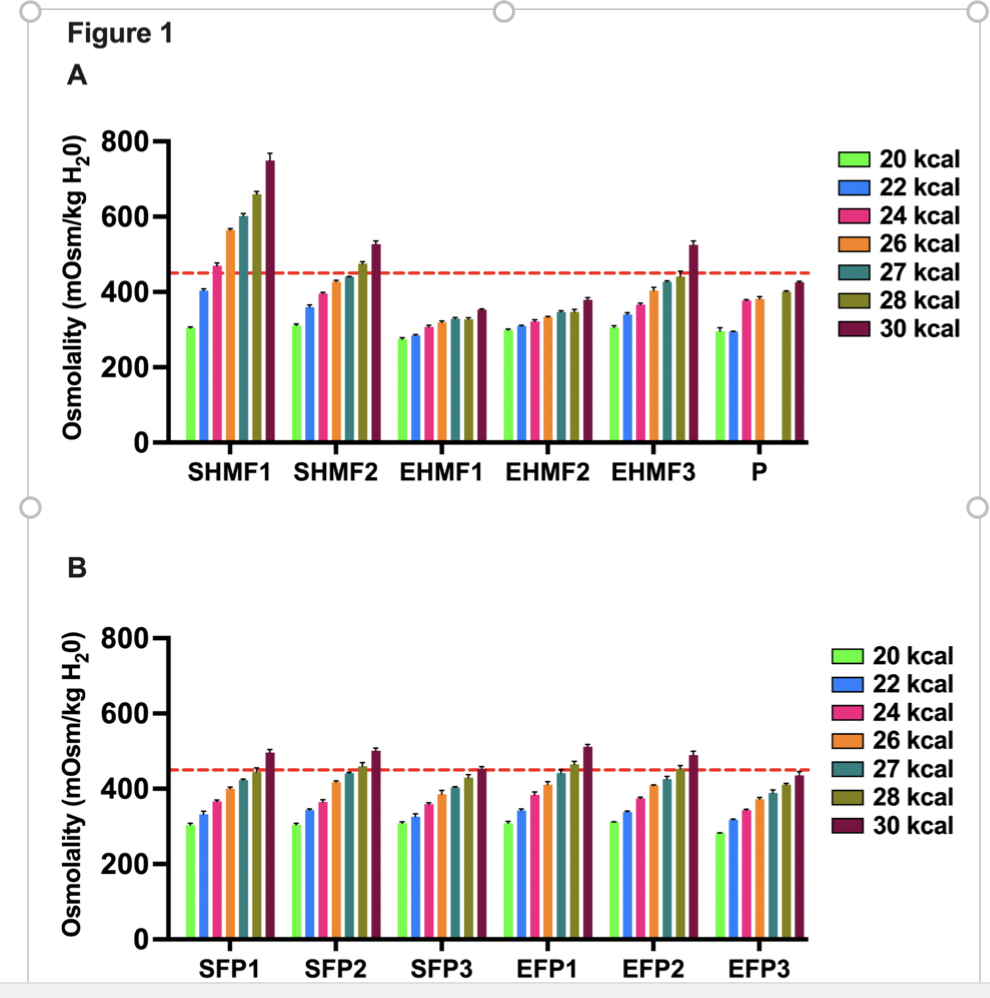Neonatal GI Physiology & NEC
Neonatal GI Physiology & NEC 3: Gut Health Clinical Research
71 - Osmolality and Acid/Base Balance in Fortified Human Milk
Saturday, April 29, 2023
3:30 PM - 6:00 PM ET
Poster Number: 71
Publication Number: 71.235
Publication Number: 71.235
Daphne A. Pineda, Medical College of Georgia at Augusta University, Augusta, GA, United States; Amy Thompson, Children's Hospital of Georgia, AUGUSTA, GA, United States; Rhyan E. Bingham, Medical College of Georgia at Augusta University, Augusta, GA, United States; Amy M. Gates, Mead Johnson Nutrition, Clarks Hill, SC, United States; Brian Stansfield, Medical College of Georgia at Augusta University, Augusta, GA, United States

Daphne A. Pineda, MD (she/her/hers)
Fellow
Medical College of Georgia at Augusta University
Augusta, Georgia, United States
Presenting Author(s)
Background: An important consideration in human milk fortification is the impact of individual human milk fortifiers (HMF) on the osmolality and pH of human milk. High osmolality feeds may impart an unknown risk to gut mucosa integrity and delay gastric emptying that may be linked to adverse gastrointestinal events in preterm infants. Similarly, some human milk fortifiers (HMF) are associated with systemic acidosis, which may lead to additional interventions or affect gastrointestinal function.
Objective: The purpose of this study was to measure the osmolality and the pH of donor human milk fortified with commercially available human milk-and bovine milk-based HMFs as well as common infant formulas.
Design/Methods: Pasteurized pooled donor human milk was purchased from Ni-Q. Commercial HMFs and infant formulas (Table 1) were added to Ni-Q human donor milk (HDM Plus™, 20 kcal/ounce) in triplicate, stirred using a magnetic stir bar, and stored at 4° Celsius (C) for up to 24 hours. The osmolality and pH of each fortification strategy was assessed at 22, 24, 26, 27, 28, and 30 kilocalories/ounce at 15 minutes, 60 minutes, 4 hours, 12 hours, and 24 hours.
Results: For each fortification strategy, the osmolality of unfortified Ni-Q DHM Plus™ (300.6 ± 10.9 mOsm/kg) did not vary over 24 hours. Similarly, no time-dependent changes in osmolality were identified for any of the fortification strategies. Osmolality exhibited a strong linear correlation with caloric density regardless of fortifier or formula type (Range of R2 values: 0.8956 – 0.9971, p < 0.001 for all conditions). Two liquid HMFs (SHMF1 and SHMF2) approached or crossed the recommended osmolality threshold at intermediate caloric densities (Figure 1). Similarly, every powder formulation approached or crossed the recommended osmolality threshold of 450 mOsm/kg within the range of caloric densities tested. For each fortification strategy, the pH of unfortified Ni-Q DHM Plus™ (6.57± 0.07) became slightly alkalotic (6.63±0.06, 1 hour) over time. In contrast, no time-dependent changes in pH were identified for any of the fortification strategies. pH changes were relatively modest, but correlated semi-linearly across the caloric densities tested, which was largely independent of the type of HMF (Table 2).
Conclusion(s): This study identifies significant linear association between osmolality and caloric density of fortified human milk. A varied relationship was noted between pH and fortification with HMFs and powder formulas. These data warrant careful consideration in selecting a fortifying agent for human milk.



